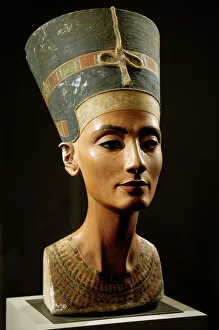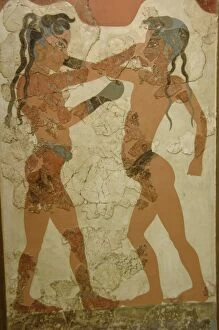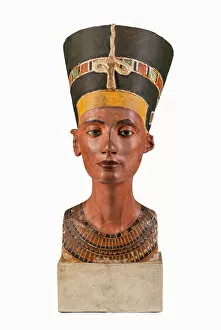Stucco Collection
Stucco, a versatile and timeless art form, has been an integral part of various cultures throughout history
All Professionally Made to Order for Quick Shipping
Stucco, a versatile and timeless art form, has been an integral part of various cultures throughout history. From the captivating Egyptian art featuring the iconic Nefertiti bust to the vibrant Minoan fresco depicting boxing kids in ancient Greece, it has left its mark on numerous masterpieces. In Egypt, stucco was used alongside limestone to create intricate sculptures and reliefs that adorned temples and tombs. The Neues Museum proudly displays the stunning Nefertiti bust, showcasing the skillful craftsmanship achieved through combining stucco with other materials. Moving westward to Greece, we find ourselves captivated by a 16th-century B. C. Minoan fresco portraying energetic children engaged in boxing. The use as a medium allowed for lifelike details and vibrant colors that have stood the test of time. Traveling further into Europe, we encounter Kellie Castle's South Room bathed in sunlight captured beautifully by oil on canvas artwork from c. 1913. Stucco walls enhance this picturesque scene while adding texture and depth to the room's ambiance. Italy's charming town of Asolo showcases nature intertwining with architectural beauty as flowers gracefully grow around windows embellished with stucco decorations. This harmonious blend exemplifies how they are seamlessly merge man-made structures with natural elements. The Chiesa di Stella Maris in Porto Cervo stands as a testament to Michele Busiri Vici's talent in using stucco to create intricate designs within religious architecture. Its grandeur is enhanced by delicate details etched onto its surface. Not limited solely to visual arts, even literature finds expression through stucco work like Koranic phrases delicately carved into walls—a testament to Islamic culture's rich artistic heritage. From Asia comes another example of exquisite craftsmanship—the hand of a seated Buddha statue made entirely from stucco material—showcasing the versatility of this art form across different continents.















































